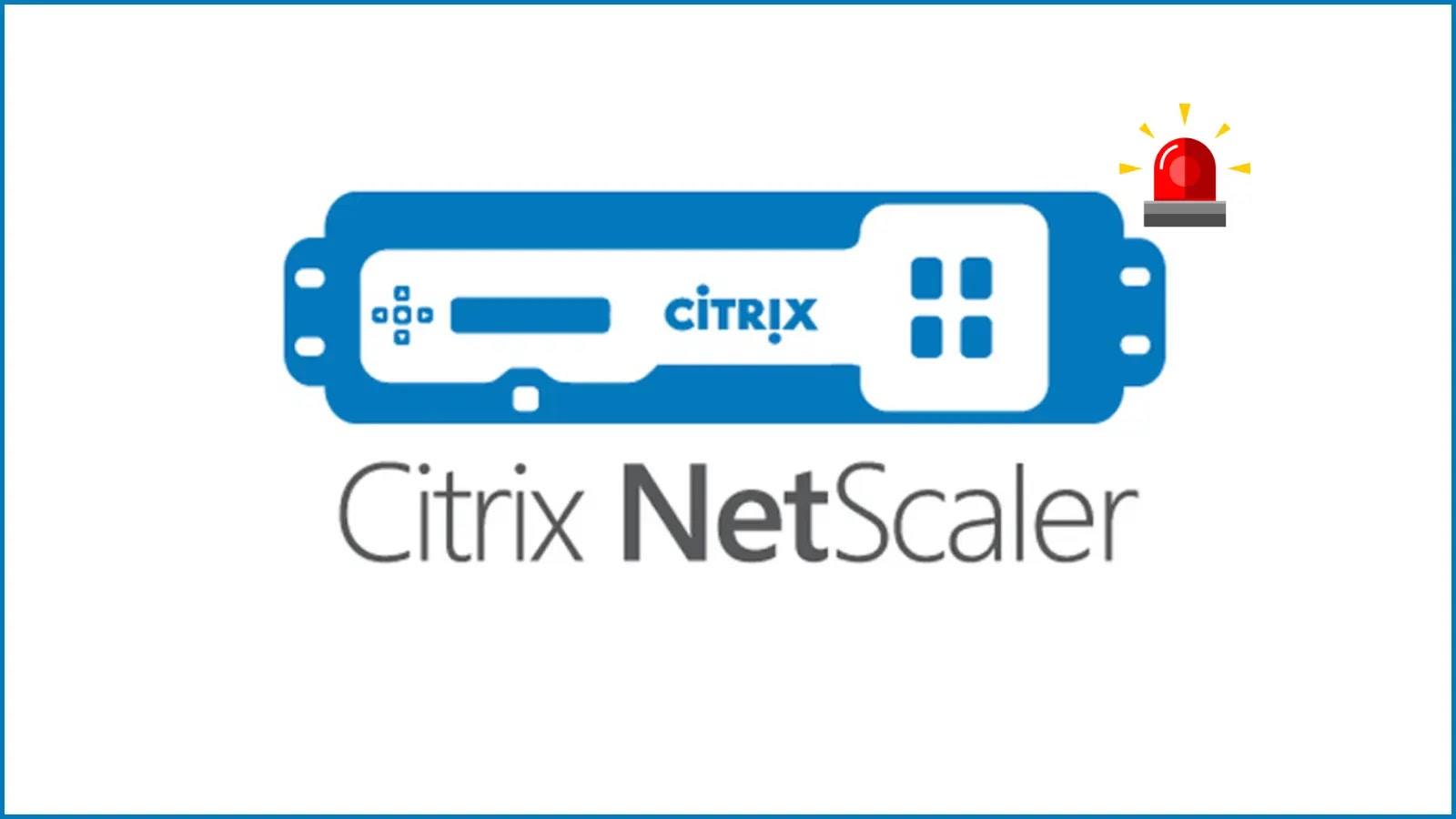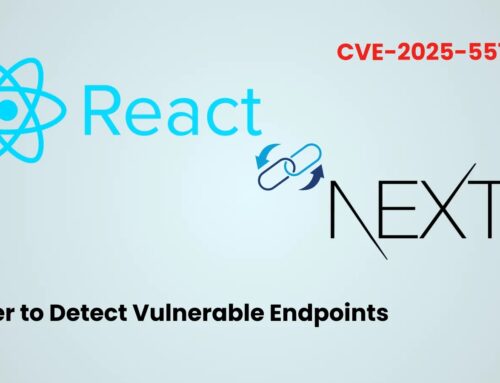
Citrix NetScaler ADC and Gateway Vulnerability Enables Cross-Site Scripting Attacks
For organizations relying on Citrix NetScaler ADC and NetScaler Gateway for their critical network infrastructure, a recently disclosed cross-site scripting (XSS) vulnerability presents a significant security concern. This flaw, tracked as CVE-2025-12101, has the potential to undermine user trust and expose sensitive data, demanding immediate attention from IT security teams.
Understanding the Citrix NetScaler XSS Vulnerability: CVE-2025-12101
Cloud Software Group, the vendor behind NetScaler products, has officially reported a cross-site scripting vulnerability impacting both NetScaler ADC (Application Delivery Controller) and NetScaler Gateway. This specific vulnerability, identified as CVE-2025-12101, allows an attacker to inject malicious client-side scripts into legitimate web pages served by the affected NetScaler appliances. When a user subsequently views one of these compromised pages, the injected script executes within their browser context.
The CVSSv4 score for CVE-2025-12101 is a moderate 5.9. While not critically high, a moderate score for an XSS vulnerability in a critical network component like a NetScaler ADC or Gateway still signifies a tangible risk. Moderate vulnerabilities can often be exploited in conjunction with other attack vectors or social engineering, leveraging user interaction to escalate impact.
Potential Impact of Cross-Site Scripting (XSS) Attacks
A successful XSS attack against a NetScaler ADC or Gateway, facilitated by CVE-2025-12101, can lead to several serious consequences:
- Session Hijacking: Attackers can steal session cookies, allowing them to impersonate legitimate users and gain unauthorized access to applications and resources without needing to re-authenticate.
- Data Theft: Sensitive user data, such as login credentials, personal identifiable information (PII), or financial details, can be exfiltrated from the user’s browser.
- Unauthorized Actions: Malicious scripts can perform actions on behalf of the user, such as changing settings, initiating transactions, or deploying further malware, all without explicit consent.
- Defacement: Web pages served by the NetScaler appliance could be altered to display unauthorized content, damaging an organization’s reputation.
- Malware Distribution: XSS can be used as a stepping stone to redirect users to malicious websites or initiate drive-by downloads of malware.
Given the central role NetScaler ADC and Gateway play in many enterprise networks, protecting against such vulnerabilities is paramount to maintaining the integrity and security of web applications and user data.
Remediation Actions for CVE-2025-12101
To mitigate the risk posed by the CVE-2025-12101 XSS vulnerability in NetScaler ADC and Gateway, organizations should take the following immediate steps:
- Apply Vendor Patches: The most crucial step is to apply the security updates released by Cloud Software Group. Always refer to the official vendor advisories for specific version numbers and patching instructions.
- Review Configuration: Ensure that all NetScaler appliances are configured according to best practices, particularly regarding input validation and output encoding for all user-supplied data.
- Web Application Firewall (WAF) Rules: Enhance or implement WAF rules to detect and block common XSS attack patterns targeting applications behind the NetScaler. While a WAF might not directly prevent exploitation of the appliance itself, it adds a layer of defense for the applications it protects.
- Security Monitoring: Increase vigilance in monitoring logs from NetScaler devices and WAFs for any anomalous activity that might indicate attempted XSS attacks or successful exploitation.
- User Awareness Training: Educate users about the dangers of phishing and suspicious links, as XSS vulnerabilities can sometimes be exploited in conjunction with social engineering tactics.
Tools for Detection and Mitigation
Leveraging appropriate tools is essential for maintaining a strong security posture against vulnerabilities like CVE-2025-12101.
| Tool Name | Purpose | Link |
|---|---|---|
| NetScaler Firmware Updater | Official tool for updating NetScaler ADC/Gateway firmware. | [Refer to official Citrix/Cloud Software Group support portal for downloads] |
| Web Application Firewalls (WAFs) | Detect and block web-based attacks, including XSS. | [Various vendors, e.g., Cloudflare, Akamai, F5] |
| Vulnerability Scanners (e.g., Tenable Nessus, Qualys, Rapid7) | Identify known vulnerabilities in network devices and web applications. | Tenable Nessus |
| SIEM Solutions (e.g., Splunk, Elastic SIEM) | Centralized logging and security event management for threat detection. | Splunk SIEM |
Protecting Your Infrastructure from XSS Threats
The disclosure of CVE-2025-12101 serves as a reminder of the persistent threat posed by cross-site scripting vulnerabilities, even in widely deployed networking hardware like Citrix NetScaler ADC and Gateway. Prompt application of vendor-supplied patches, coupled with robust security configurations, a vigilant monitoring strategy, and the prudent use of security tools, forms the foundation of defense. Proactive security measures are crucial for safeguarding against potential session hijacking, data theft, and unauthorized actions that can result from successful XSS exploits.





